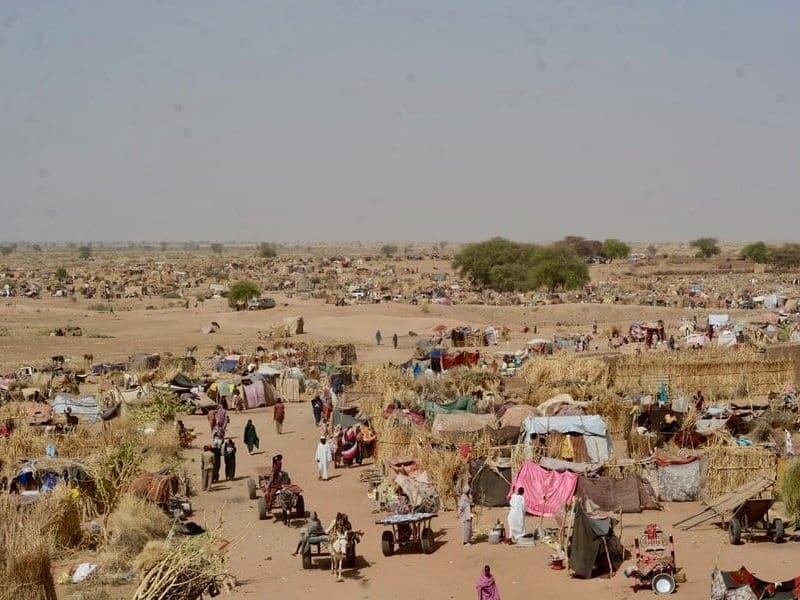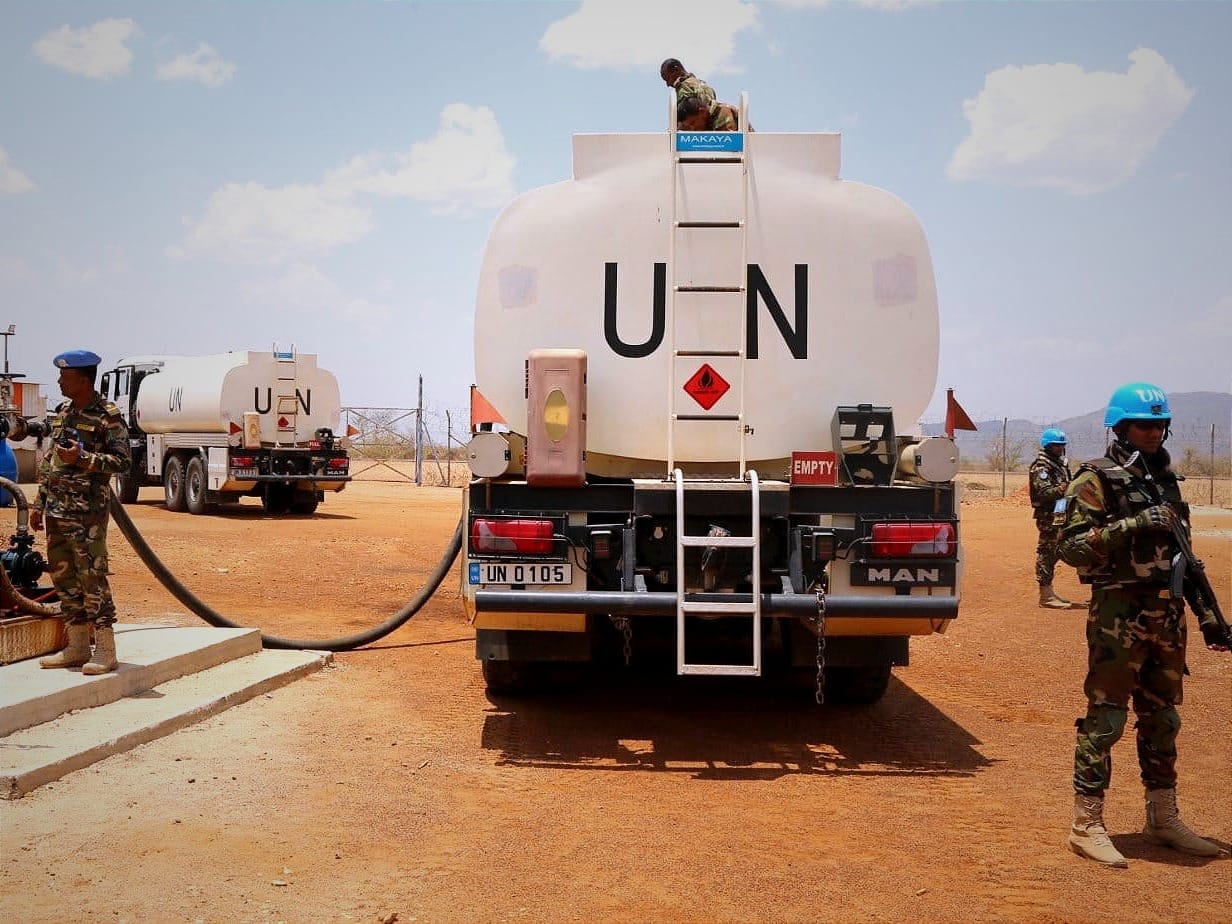Two regions of Sudan now suffer from famine, a global hunger monitoring group confirmed, dramatically escalating the humanitarian catastrophe stemming from a brutal two-year war between rival military factions.
The Integrated Food Security Phase Classification announced in a new report on Monday that famine had reached El Fasher in North Darfur and the besieged town of Kadugli in South Kordofan province. The crisis, the report warned, is expected to endure until at least January.








